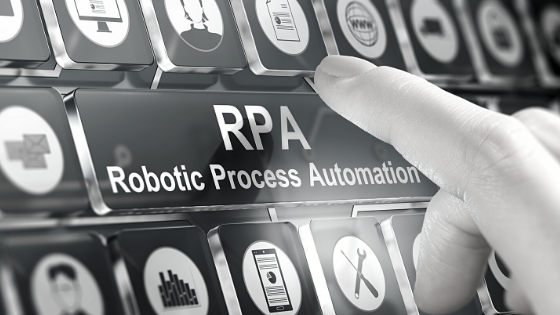Marketing teams leverage a wide range of technologies to deliver campaigns, products and services and understand their customer. Despite hopes of seamless integrations and smooth data flows, manual processing is still a task to wrangle daily.
Marketing teams spend an enormous amount of time dealing with repetitive and tedious work that saps energy and prevents the marketing department from focusing on the customer, business growth, higher value activities, innovation and creativity.

Intelligent automation, using smart software tools like Robotic Process Automation (RPA) can leverage customer interface elements on websites and applications and improve the data flow in customer engagement. When a process is automated, it can run at any time, continuously and, because it follows a set of rules and never gets tired, it is less prone to errors. All of this releases the marketing team from boring and low level work.
For marketing managers running lean teams, RPA enables you to do more with less and maximises customer acquisition, turbocharges sales and boosts the customer experience.
RPA is widely used in IT, finance, procurement and across a raft of back office processes but its application in marketing still remains minimal. The use cases for RPA are endless. It has the capability to connect disparate data sources to build a customer journey and help marketing managers and CMOs to more efficiently manage marketing spend, especially relating to digital advertising.
In the near future we expect more Australian businesses to deploy the technology to help join together data from marketing systems that currently don’t easily integrate. RPA enables marketers to connect CRM applications to mail out services and to liberate data kept in spreadsheets.
Intelligent automation in marketing is advancing fast with UiPath and Alteryx creating a no-code data manipulation tool to leverage complex data from different sources and embed machine learning techniques. This can be used, for example, to scan an email conversation with a customer and extract unstructured information and analyse it for customer sentiment or lead generation.
As a marketer, what is it that you wish you had more time to do? The one asset you thought you could never buy is time. But automation is the currency that lets you buy it. Instead of spending three hours manually collating data and generating a report or budget, what other higher value tasks could you instead devote more time to focus on?
Most of the innovative products created by Google were not made by committees brainstorming ideas on whiteboards as part of an organised workshop. They came by investing time. For many years, Google had a “20% time” policy that allowed workers to spend a day each week working on passion projects that would benefit Google. The company invested time into its future.
In 2022 more marketing teams will start examining the power of automation to enhance productivity, connect customer journeys, boost competitiveness, reduce errors and improve the team’s wellbeing and work satisfaction.





















